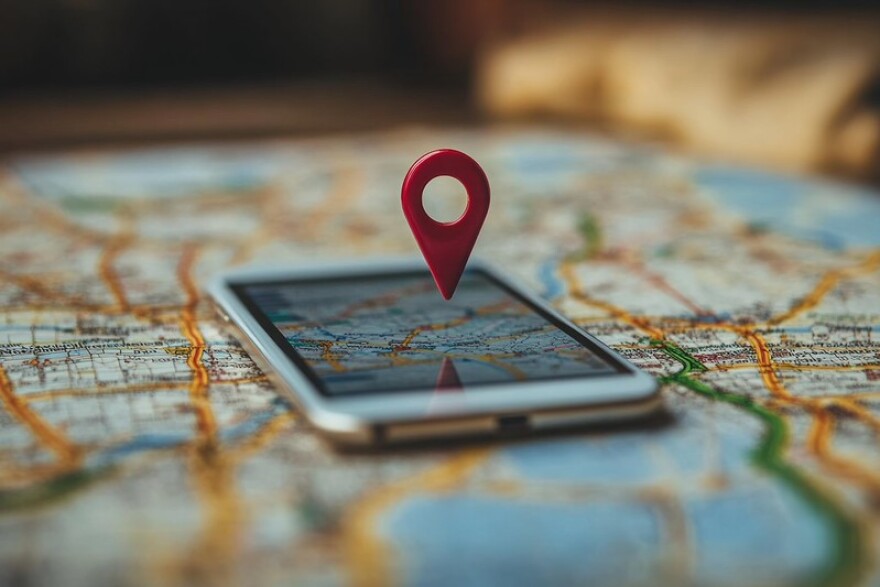Most of us make frequent use of GPS technology to find our way around in our cars. There are increasing numbers of self-driving cars, and they are even more dependent on GPS technology in order to know where they are located. We tend to take for granted that the position shown by the GPS system is correct, but that isn’t always the case.
GPS – the Global Positioning System – makes use of many small satellites orbiting the Earth. The satellites send out radio signals received by a GPS receiver. The signals contain codes indicating the satellite’s position and the exact time the signal was transmitted. When there are signals from at least four satellites, the receiver calculates its geographical position.
In cities, the glass and concrete of tall buildings cause satellite signals to bounce back and forth and throw off the timing of signal reception. The result is errors in the calculated position.
There are various schemes for correcting these errors with varying amounts of success. A new service from Google for its Android customers makes use of 3D models of buildings in almost 4000 cities around the world. The models can be used to predict how satellite signals will be reflected between buildings. The technique can be implemented at low cost for mass-market GPS receivers.
When this system is combined with other existing error correction techniques, tests achieved a positioning accuracy of less than 4 inches 90% of the time. As more and more cars on the roads will be driving themselves, it is reassuring to know that they will be able to know exactly where they are at all times.







